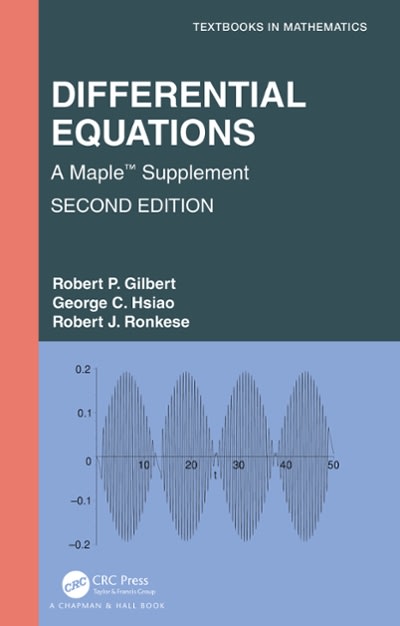Answered step by step
Verified Expert Solution
Question
1 Approved Answer
Consider the population of the Reese's Pieces candies manufactured by Hershey. Suppose that you want to learn about the distribution of colors of these candies,
Consider the population of the Reese's Pieces candies manufactured by Hershey. Suppose that you want to learn about the distribution of colors of these candies, but you can only afford to take a sample of 25 candies.
- Physical Sample: Reese's Pieces come in three colors: orange, brown, and yellow. Buy a small bag of Reese's Pieces, take a random sample of 25 of the candies, and record the number and proportion of orange candies in your sample.
- Virtual Sample: Take many random samples of Reese's Pieces. Use the Java applet(Links to an external site.) to simulate this process and answer the following questions, so you can discuss the results you get:
- Step 1: Set Probability of Orange to .45, the Number of Candies to 25, the Number of Samples to 1, and click on "Proportion of Orange." Then, click "Draw Samples." Watch the applet draw one sample of 25 virtual Reese's Pieces. Below, it plots the proportion of orange pieces in its virtual sample.
- Step 2: Change the Number of Samples to 500 and uncheck the Animate box, then click "Draw Samples." What do you notice about the graph? Click on "Summary Stats" to display the mean and standard deviation of your sample proportions. Record the mean and standard deviation of your sample proportions, and any observations you have about the graph.
- Step 3: Draw 500 samples of 75 candies each. What do you notice about the graph? How did the graph change when your sample size increased? Record the mean and standard deviation of these sample proportions, and any observations you have about the graphs and how they're alike or different.
Discussion Prompts
Respond to the following prompts in your initial post:
- Report the proportion you found in your physical sample as well as all the numbers you recorded from the virtual samples.
- Report anything you noticed about the way the graphs were shaped, how they were different as the sample size changed from 25 to 75 and how the means and standard deviations differed with the different sample size.
- Is a sample proportion more likely to be close to the population proportion with a larger sample size or with a smaller sample size?
After you complete your initial post, respond to your classmates in a respectful way. When replying to classmates, discuss:
- What similarities and/or differences did you observe? Look in particular at how the proportions vary among the physical samples compared with how the means varied among the virtual samples.
- A population proportion of orange Reese's Pieces of 0.45 was selected for the virtual sample. The candy company, Hershey, does not publicize the actual proportion of colors. Comparing your physical data with those of your classmates, do you think an estimate of 0.45 is reasonable for the true population proportion of Reese's Pieces?
Step by Step Solution
There are 3 Steps involved in it
Step: 1

Get Instant Access to Expert-Tailored Solutions
See step-by-step solutions with expert insights and AI powered tools for academic success
Step: 2

Step: 3

Ace Your Homework with AI
Get the answers you need in no time with our AI-driven, step-by-step assistance
Get Started


